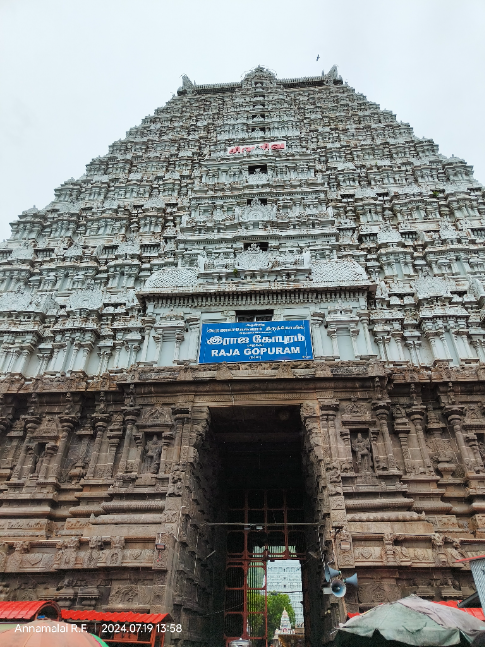The Mystical Alignment of Shiva Temples Along the Sacred Axis
-
 N Chandra
N Chandra
| Monday 22nd of July 2024 01:03:13 PM (UTC)

Exploring the Spiritual Significance and Mysteries of the Ancient Hindu Pilgrimage Sites
According to local Hindu cosmogony, SUMERU PARBAT (6351m), the legendary mountain of the gods, is believed to be the present-day Kedārnāth mountain. This sacred mountain is revered as the earthly representation of Mount Meru, the cosmic mountain at the centre of the universe in Hindu mythology.
You can see it on Map here.
Below this majestic mountain, Shiva temples and Lingams (symbolic representations of Shiva) are aligned in a sacred pattern that corresponds to the mythical Mount Sumeru. The construction of these temples and Lingams along the Madhyamrekha (central meridian) holds profound mythological significance.
Ancient Puranas, sacred Hindu texts, explain the importance and origin of the Lingam along this Meridian. According to these texts, the Lingam represents the cosmic pillar of light that emerged from the depths of the primordial waters at the beginning of creation. This pillar of light is known as the Jyotirlinga and is said to be the source of all creation.
The alignment of Shiva temples and Lingams along the Madhyamrekha is believed to connect the earthly realm with the celestial realms, allowing devotees to access Lord Shiva's divine energy. These temples serve as sacred pilgrimage sites, attracting millions of devotees worldwide who seek blessings, offer prayers, and experience the transformative power of this holy land.
The Madhyamrekha, which runs through the Garhwal region, is considered a sacred axis mundi, connecting the heavens and the earth. Along this axis, the Shiva temples and Lingams act as cosmic gateways, allowing devotees to commune with the divine and experience a profound spiritual awakening and liberation.
The precise placement of numerous ancient Shiva temples across India is similar. These temples were built 4,000 years ago without the use of modern technology.
Nevertheless, many are situated in a straight line along a geographical longitude of approximately 79°.
The distance between Kedarnath and Rameswaram is 2383 kilometres. Connecting the above dots on the map creates a straight line called 'SHIVA SHAKTI AKSH Rekha'—beginning at Kedarnath and ending at Rameswaram.
After all, thousands of years ago, the technology used to build these temples in a straight line is a mystery today.
The temples, each representing one of the five elements of nature, were constructed according to Yoga Science and meticulously aligned with each other. This alignment allows positive energy to flow through the temples and radiate into the surrounding areas, underscoring their spiritual significance.
Other temples in the line include Kaleshwaram, Kalahasti, Akhaseshwar, and Chidambaram. Kedarnath, in Uttarakhand, is considered the fifth of the 12 Jyotirlingas, while Rameswaram, in Tamil Nadu, is the eleventh.
The alignment of these temples and the positive energy that is said to flow through them are testaments to the advanced knowledge and understanding of the ancient Indian people.
Start the conversation
Become a member of TxtTale to start commenting.
Already a member?
